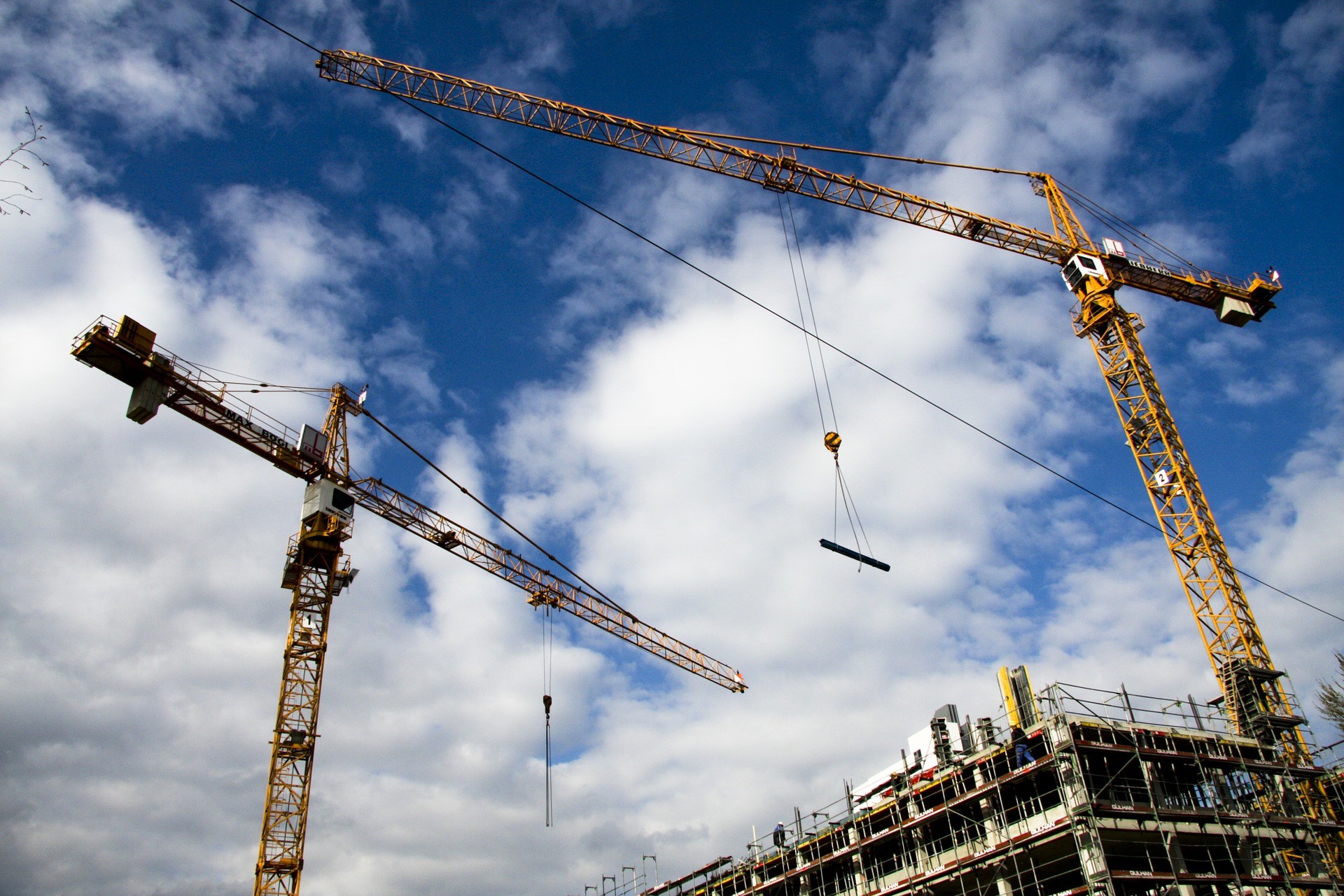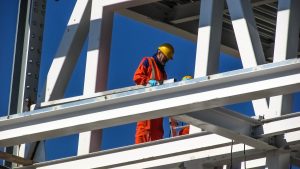
Getting a scaffold put up is one of the most complex aspects of any building or refurbishment project. You have to rely on a specialist third party supplier to provide and erect the equipment, there are numerous compliance issues to take into account, and of course, ultimately the safety and well-being of your personnel depends on getting it right.
In the interests of clarity and convenience, here’s a brief breakdown of the key requirements and considerations to bear in mind when hiring a scaffolding contractor.
Credentials
It is important to check that anyone you hire to erect a scaffold is suitably qualified and experienced. Certified scaffolders will hold a valid Construction Industry Scaffolders Record Scheme (CISRS) card, which is the industry standard qualification and training scheme in the UK. It is up to the main building contractor, project lead or property owner to check these credentials out.
Strength and stability standards
Working at Height health and safety regulations require all scaffolds to comply with minimum standards for strength and stability. There are two parts to this. One, the National Association of Scaffolding Contractors (NASC) publishes a set of what it calls ‘standard configurations’ for common tube and fitting scaffold deployments, known as TG20:13. These set out standardised designs for scaffolds which are effectively pre-approved to comply with regulations. These configurations are now taught as part of the CISRS scheme, and each time a scaffolder uses one in situ, they use a checklist to document compliance.
TG20:13 currently sets out 10 compliant configurations. If these are not suitable for your project, then the second route to strength and stability compliance is to have a bespoke design drawn up in advance in accordance with accepted technical calculations. This is a more involved and skilled task, and the competence of the person drawing up the design is paramount. For a first-class specialised scaffolding service view here. You can find more information about the type of structures that normally require a bespoke scaffold design here.

Safety checks
Once a compliant scaffold has been put in place, the law states that regular checks should be carried out to ensure that it continues to be fit for purpose. A thorough check must be carried out before the scaffold is used, and then at maximum intervals of seven days for the duration of the project. If alterations are made to it, a full structural check must be completed before it is used again, and inspections should also be conducted after adverse weather.
These checks do not necessarily have to be carried out by the scaffolding contractor – it falls under the remit of whoever is responsible for health and safety on site. For work on a private property, that will fall on the contractors using the scaffolding, but on a commercial site – including large-scale residential builds being carried out on behalf of a developer – responsibility may lie with the developer themselves or the site owner.
Licenses
Finally, there is no requirement to obtain a license for scaffolding as long as it remains within the boundaries of a property where work is being carried out. Where licenses from local authorities are required is if scaffolding needs to extend onto an adjacent pathway or road for access, for example outside a shop on a main street or where space around a property is not large enough for the scaffold’s footprint.
